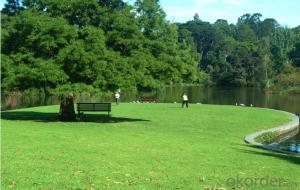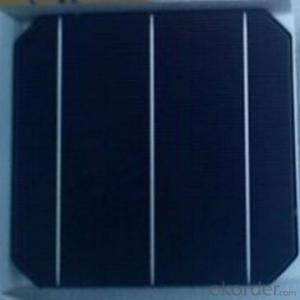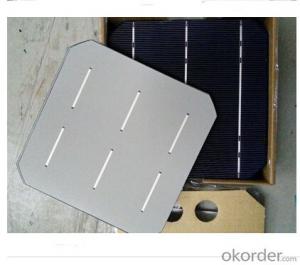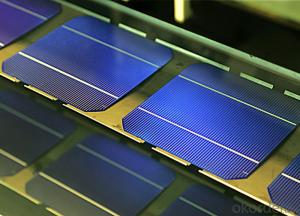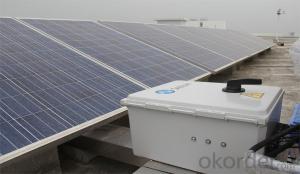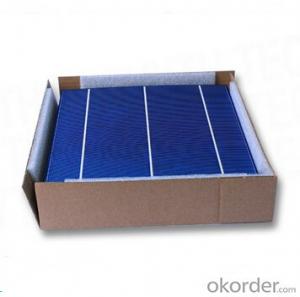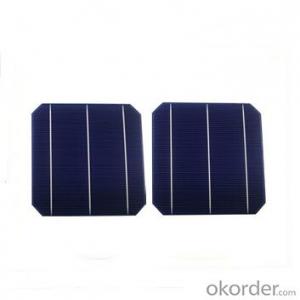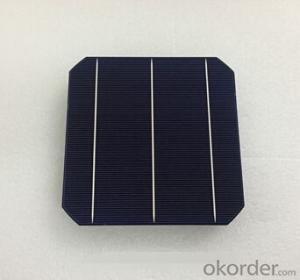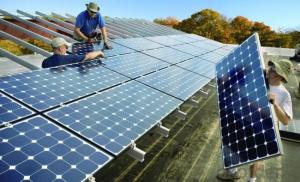Evergreen Solar Cells
Evergreen Solar Cells Related Searches
Except For Solar Cells Weegy Problems With Solar Cells High Power Solar Cells Light Trapping In Solar Cells High Performance Solar Cells High Output Solar Cells High Wattage Solar Cells Energy Transfer In Solar Cells High Efficiency Hvac Systems Recombination In Solar CellsHot Searches
Cheap Solar Cells For Sale Flexible Solar Cells For Sale Q Cells Solar Panels For Sale Printed Solar Cells For Sale Bulk Solar Cells For Sale 6x6 Solar Cells For Sale Broken Solar Cells For Sale Cpv Solar Cells For Sale Photoelectric Cells For Sale Price Of Silicon Solar Cells Price Of Solar Cells Over Time Buy Solar Cells From China Cheap Solar Cells China Best Type Of Solar Cells Flexible Solar Cells Price Q Cells Solar Panels Price 3 Types Of Solar Cells Production Of Solar Cells Common Types Of Solar Cells Q Cells Solar Panel PricesEvergreen Solar Cells Supplier & Manufacturer from China
Okorder.com is a professional Evergreen Solar Cells supplier & manufacturer, offers integrated one-stop services including real-time quoting and online cargo tracking. We are funded by CNBM Group, a Fortune 500 enterprise and the largest Evergreen Solar Cells firm in China.Hot Products
FAQ
- Yes, solar cells can be used to charge electric bikes. By connecting solar panels to the bike's battery, the energy from the sun can be converted into electricity, providing a renewable and sustainable source of power for the bike's charging needs.
- Solar cells are designed to be resilient and can withstand high winds and hurricanes. They are typically installed securely and firmly on rooftops or in ground-mounted systems. Additionally, solar panels are built with durable materials and undergo rigorous testing to ensure they can withstand extreme weather conditions. In regions prone to hurricanes, solar installations are often engineered to meet specific wind load requirements to ensure their stability.
- Solar cells perform exceptionally well in dry desert conditions. The intense sunlight and lack of moisture in deserts create ideal conditions for solar energy generation. The absence of clouds and high temperatures enhance the efficiency of solar cells, allowing them to produce more electricity. Additionally, the dry conditions minimize the risk of corrosion and dust accumulation, which can further improve the performance and lifespan of solar panels.
- Yes, solar cells can be used to power water pumps. Solar cells convert sunlight into electricity, which can be used to power various devices, including water pumps. This is commonly done in remote areas where there is no access to electricity grids or in situations where using solar energy is more cost-effective and sustainable.
- Solar cells do not handle power factor correction directly. Power factor correction is typically addressed at the level of the grid or inverter systems that convert the DC power generated by solar cells into AC power for use in homes and businesses. However, advanced inverter technologies used in solar power systems can incorporate power factor correction capabilities to improve the overall efficiency and power quality of the system.
- What is a good introduction of solar cell?
- A professional presentation will be very impressive.
- The typical lifespan of a solar cell is around 25 to 30 years, although some high-quality solar panels can last up to 40 years with proper maintenance and care.
- What are the short-circuit currents of solar cells affected by the factors?
- Amorphous silicon cells: film thickness, membrane material conductivity, leakage, TCO conductivity, battery width, etc. are the factors















